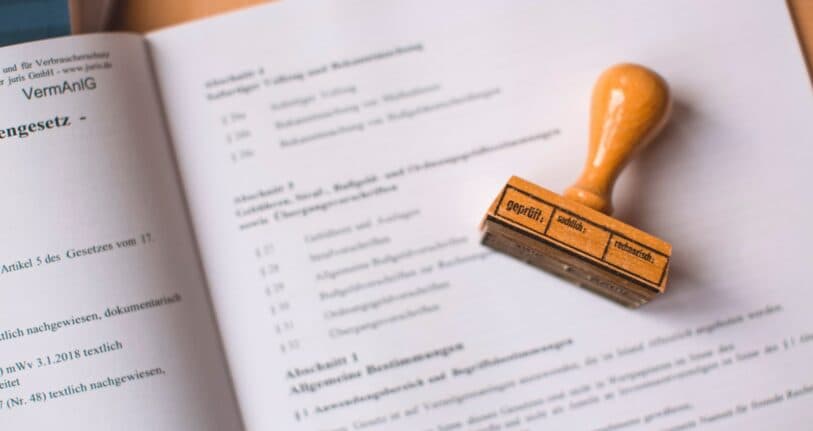Mistakes to Avoid When Registering a Similar Trade Mark

At its core, a registered trade mark must be capable of distinguishing one business from another. If you have two similar trade marks which overlap in function, this can cause great confusion amongst consumers. Consequently, IP Australia can reject your application if it is substantially identical or deceptively similar to an existing trade mark. This article will cover mistakes to avoid when registering a similar trade mark to minimise your chances of facing rejection.
Understanding IP Australia’s Grounds for Rejection
IP Australia can reject an application for a trade mark that is similar or identical to an existing mark. In this instance, IP Australia will first determine whether the marks are substantially identical. This involves a side-by-side comparison of both marks where IP Australia identifies similarities and differences. Even if both marks are not identical, IP Australia may still determine that they are deceptively similar. IP Australia considers two marks deceptively similar if a person of ordinary intelligence and memory would be deceived by the impressions from either mark.
Similar Trade Marks
However, there are situations where two trade marks of a similar nature can coexist. This arises where IP Australia decides that the coexistence of the trade marks is unlikely to cause consumer confusion.
For example, a small Sydney restaurant might have a registered mark similar to one a boutique Perth clothing store owns. Here, IP Australia may approve the trade mark application even though it is similar. This is because the trade marks protect different goods and services in different industries and geographical regions.
In another instance, you might be able to prove that you have used an unregistered trade mark before the registration of a similar trade mark. Here IP Australia may determine that you are a ‘prior continuous user’ and enable you to register your mark.
Facing Trade Mark Opposition for Similar Trade Marks
Even if IP Australia accepts your similar mark, your application is still vulnerable to opposition by a third party. Within two months of IP Australia advertising your accepted application, anyone can file a notice of intention to oppose your trade mark registration. This can be on the basis that they used a similar mark at an earlier time. A successful opposition can result in the partial operation of your trade mark or even the removal of your application from the Trade Mark Register.
Therefore, if you receive a notice of opposition, you must respond in a timely fashion. Once you receive the notice, your opponent must also file a statement of grounds and particulars. Upon receiving this statement, you have one month to decide whether to file a notice of intention to defend. If you fail to initiate a defence within the prescribed time, your trade mark application will lapse. For this reason, you must not ignore any opposition as this can be fatal to your trade mark.
Forgetting to Search the Trade Marks Register
One of the easiest ways to identify whether or not a similar trade mark exists is by searching the Trade Mark Register. You can enter the details of your proposed trade mark to identify any marks that might conflict with it. The Register also provides the details of the trade mark owner and the status for each application. After a comprehensive search, you can decide whether you might need to change your application to avoid any potential similarity or conflict.
Failing to Seek Legal Advice Early
You want to ensure that you get the trade mark registration process right to benefit your business. If you identify a similar or identical registered trade mark, you should consult a lawyer who can provide tailored advice. An experienced trade mark lawyer can guide you through the registration process and alert you to any potential weaknesses in your application. Above all, they can advise you on registering a similar trade mark and weigh up your chances of having IP Australia accept your application.
Key Takeaways
IP Australia can reject your trade mark application if it is deceptively similar to an existing trade mark. To avoid rejection, you should search the Trade Mark Register to ensure that you do not apply for a trade mark that is already registered. If you wish to register a sign that is similar to an existing trade mark, you should seek the advice of a lawyer. If you need help with your trade mark application, our experienced trade mark lawyers can assist. Call us on 1300 657 423 or complete the form on this page.
Frequently Asked Questions
The owner of a registered trade mark gains the exclusive right to use their mark in their day-to-day business operation, license their mark to others and sell their mark.
Under the Trade Marks Act, your trade mark is protected for 10 years from the date IP Australia registers your application.

